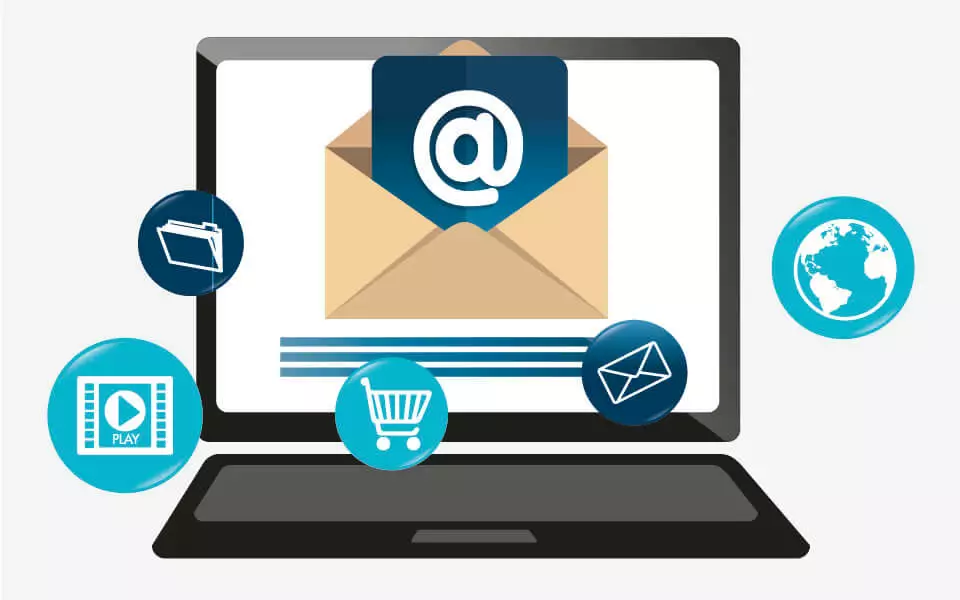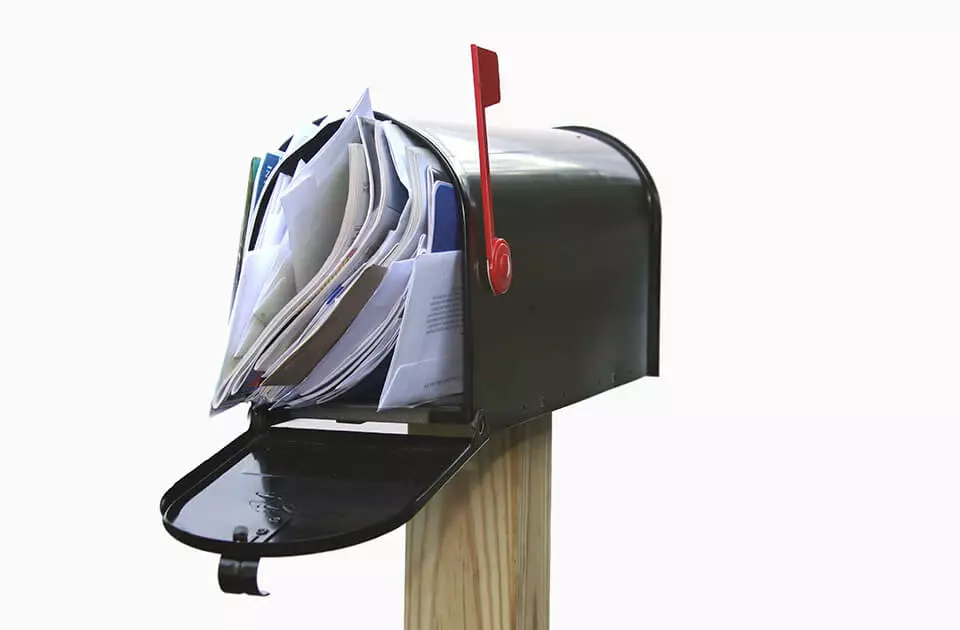What ist the future of email communication?
E-mail is now among the most traditional channels of online communication. In the interest of staying relevant, it seems that social media is outdoing e-mail, and marketing companies have increasingly turned their attention to Facebook and the likes. Does this spell the end of the e-mail? Despite its waning in popularity, e-mail correspondence still plays a vital role in private and business communication (especially marketing).
Practically every internet user needs an e-mail inbox
In spite of the increasing popularity of instant messaging, the number of e-mail accounts is on the rise. One reason for this is the rise of e-mail accounts on smartphones and the constant distribution of webmail services (e.g. cloud mail). Even though younger generations tend to send each other short messages, they need an e-mail account when registering for Facebook, Twitter, Amazon, eBay, and other sites. For this reason alone, e-mail is an important tool for marketing experts, as are newsletters, which help a business to reach its customers. You will find everything you need to know on the topic of e-mail marketing in our guide.
E-mail vs. messaging apps: which is leading in the private sector?
Instant messaging services, such as WhatsApp, boast impressive user stats and play a meaningful role in private online communication. With group conversations and individual chats, the total amount of messages sent in 2014 amounted to 64 billion daily. This number will definitely be higher given that 500 million people used the service in 2014 and just one year later the number had risen to 800 million.But there’s one channel that can top these statistics: the classic e-mail.
196 billion e-mails on any given day
Around 196 billion e-mails are sent worldwide every day. 55 % of these are business-related, meaning that each worker receives or sends 120 e-mails daily. Studies show that the amount of e-mails landing in inboxes and outboxes has been constantly on the rise. Despite these figures, saying ‘there’s life in the old dog yet’ when referring to e-mails would be jumping to conclusions as ‘only’ 45 % of these e-mails are sent privately as opposed to the billions of private messages sent on WhatsApp. However, these figures show that e-mail still dominates private communication.
Office communication: the time-wasting inbox
According to a US study, American workers receive a daily average of 44 e-mails in their inboxes. This can become very difficult to manage, especially when, for example, you return to work after some time off, only to then waste valuable working hours sorting through the mountain of e-mails waiting in your inbox. In many companies, e-mails are used to communicate between colleagues more frequently than for official business.
Alternative communication channels for the office
This flood of e-mails can be very distracting and has led employers to look for alternatives. The opinions of the employees are split according to a survey: many would like a different way of internal communication, e.g. in-house social networks or an employee intranet. In a recent US study, 23 % of workers admitted that e-mail was a ‘primary productivity stopper in the workplace’.
There are many tools that can be used to channel e-mail traffic in a better way and to run secondary messages over other channels like social media or chat:
- Social intranet
- Google+
- Apps and messaging services
- Extensions for e-mail clients
- Company blog or microblogging
- Wikis
Customer communication will continue mostly through e-mails. Many internal processes can be coordinated through channels such as staff announcements, press reviews, event invitations, meetings, as well as employee surveys and internal newsletters.



